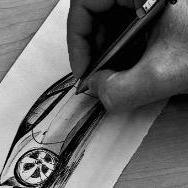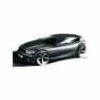[Mai Nate] Jaguar
-
Contenuti simili
-
- 24 risposte
- 313 visite
-
- 105 risposte
- 65111 visite
-
La scomparsa delle ammiraglie generaliste 1 2 3 4
Pubblicato da Tony ramirez,
- mai nate
- mai nate opel
- (e 2 altri in più)
- 33 risposte
- 3023 visite
-
-
-

.thumb.jpg.46228d717c405acd43b45b79fddce6a4.jpg)

















Messaggi Raccomandati:
Crea un account o accedi per lasciare un commento
Devi essere iscritto per commentare e visualizzare le sezioni protette!
Crea un account
Iscriviti nella nostra community. È facile!
Registra un nuovo accountAccedi
Sei già registrato? Accedi qui.
Accedi Ora